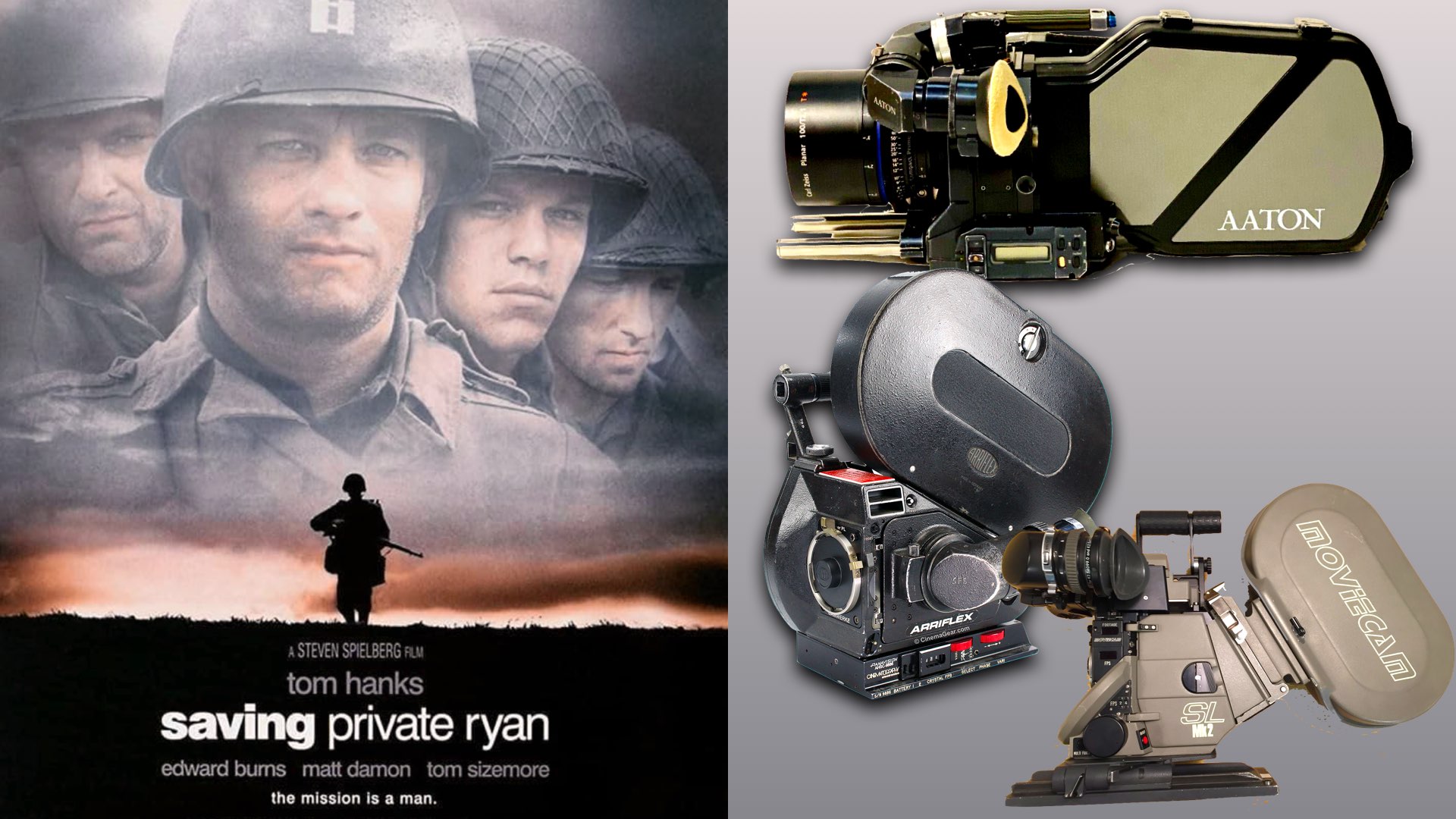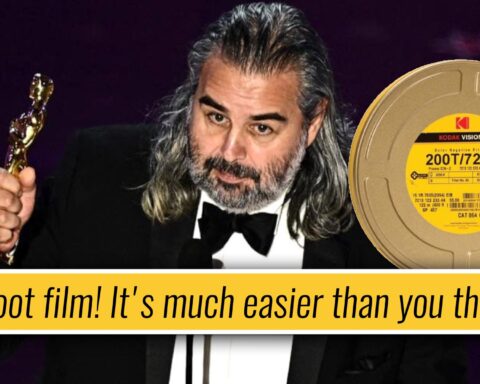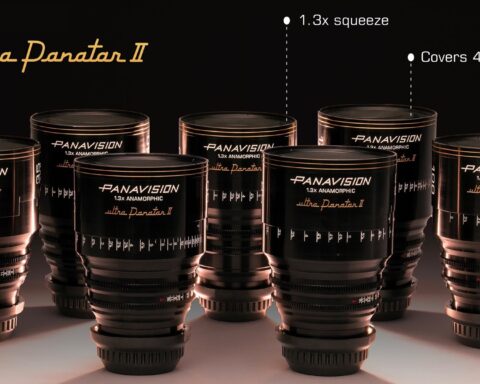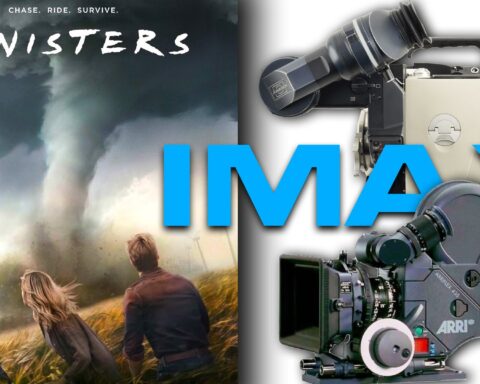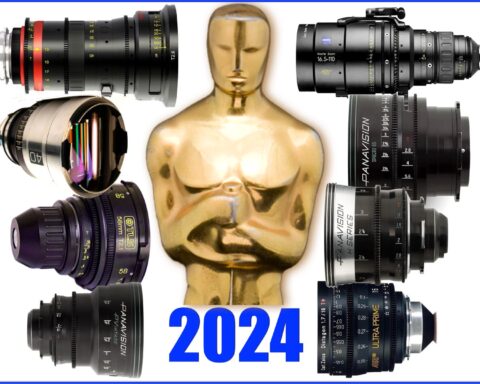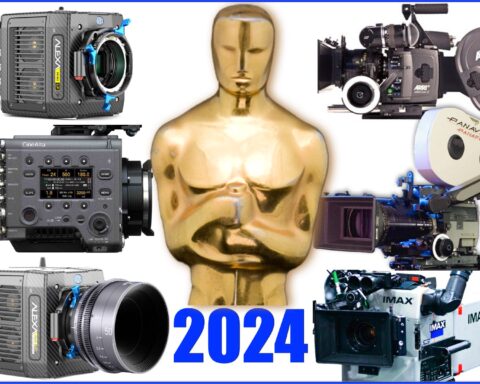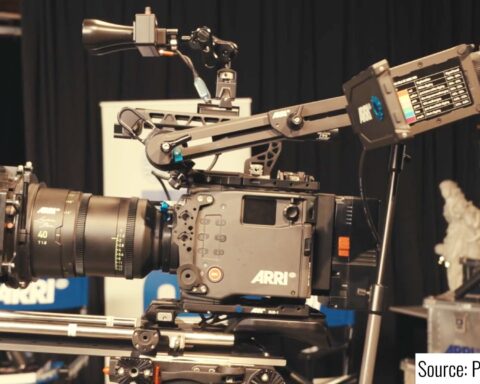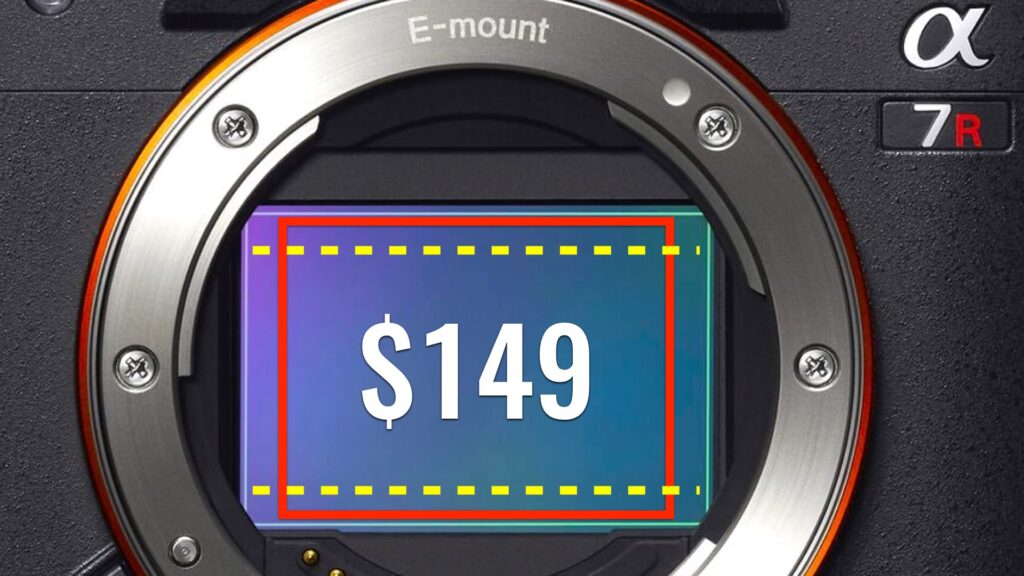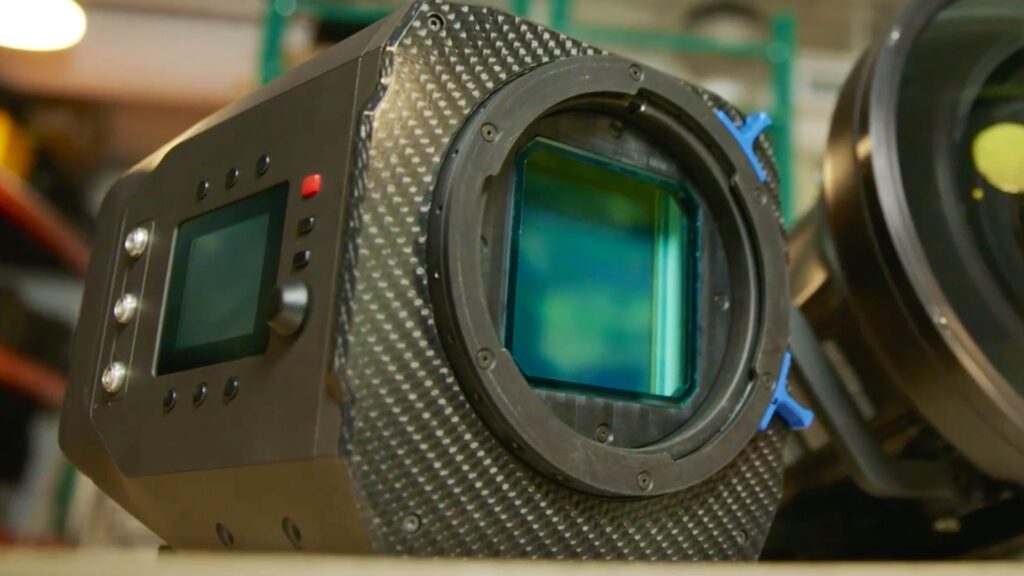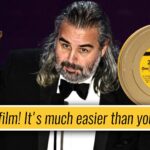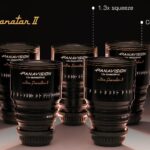This year is the 25th anniversary of one of Spielberg’s most acclaimed masterpieces, which is Saving Private Ryan. So many filmmaking and cinematography creative ideas and innovations were implemented by Spielberg and his cinematic partner, DP Janusz Kaminski, that have been impacting storytellers of all kinds and expertise. The docu-style filmmaking, low shutter angle, grading, and camera work, are part of the factors that left a mark on us. Read on.
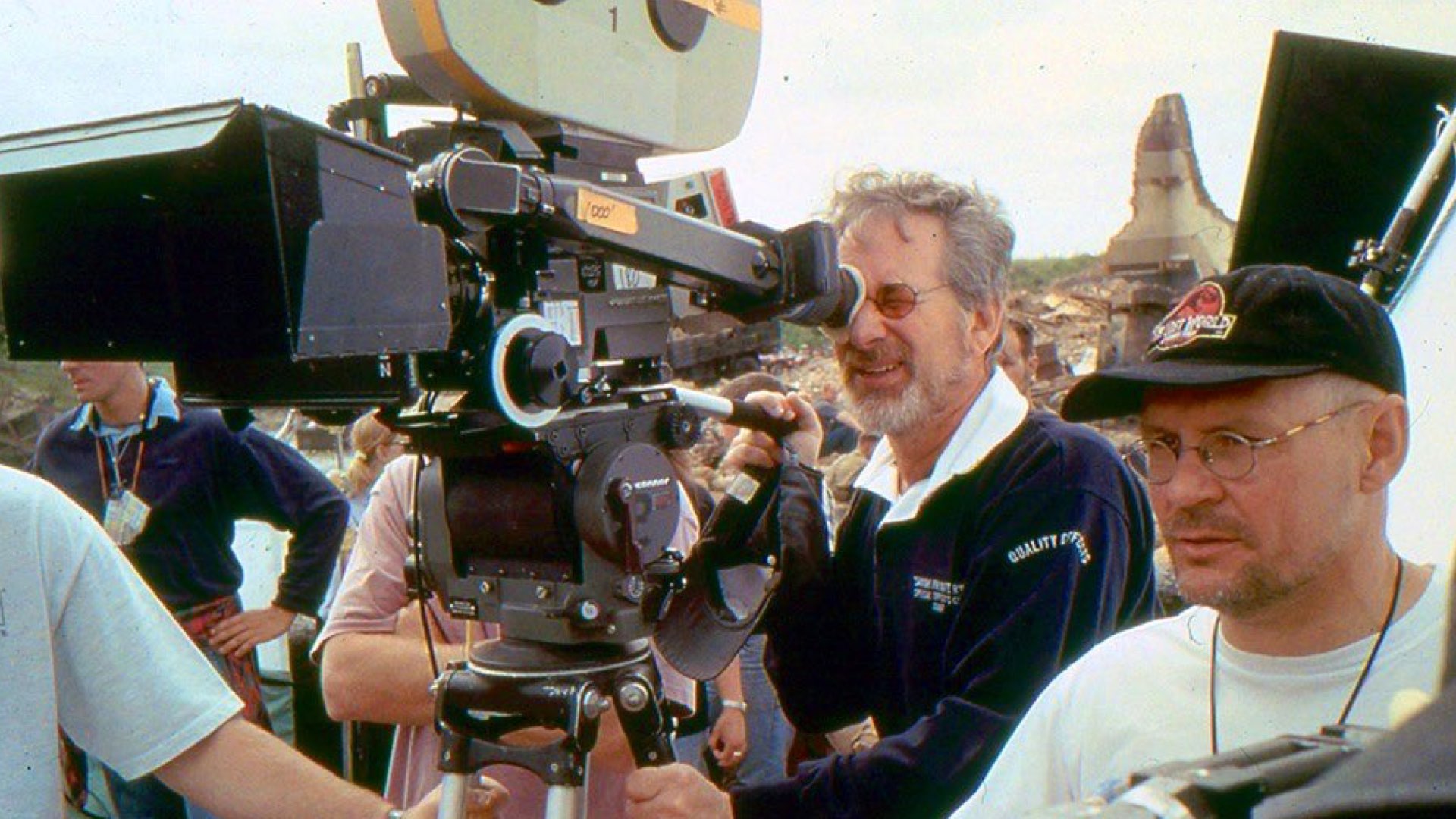
Saving Private Ryan: Revolutionizing action cinematography
Saving Private Ryan is considered one of the greatest films ever made. Its battle sequences, filming techniques, grading methods, and cinematography approach, have been impacting many war, action, and superhero films, and numerous directors have cited Saving Private Ryan as an influence and inspiration. Directed by Steven Spielberg, and shot by his cinematic partner the great Janusz Kaminski, Saving Private Ryan can be defined as a lighthouse/case study/reference to the highest level of moviemaking. A masterpiece of editing, camera movement, sound design, SFX, and more. Watch the trailer below:
Documentary-shooting style combined with complex improvisation
Principal photography began in June 1997. Filming completed up to 50 shots per day. Spielberg wanted the actors to get little rest, “A war is fought fast, and I wanted to keep all of the actors off-balance. I didn’t want them to be able to read 75 pages of a novel … I wanted to work fast enough so that they always felt as if they were in combat … I had to keep them on the set, which meant shooting the film even faster than I normally do. War doesn’t give you a break”. Furthermore, Saving Private Ryan was shot almost entirely in continuity order. However, some of the crew found this “a mentally demoralizing experience” because the cast started together and left as their characters died. According to resources, Spielberg didn’t storyboard any of the movies, instead desiring a sense of spontaneity that would make the battle sequences and the wider narrative feel more organic. This is an amazing claim, as the sequences were extremely complicated. Implementing this documentary-style complex cinematography improvisation during the mage battles contained enormous objects, and demanded mastermind skills in cinematography and storytelling. Explore below Spielberg discusses the graphically realistic battle scenes that depict the D-Day invasion of Normandy, the research that was done to recreate it accurately, and his respect for the military.
Handheld-based cinematography
Saving Private Ryan is based on a handheld shooting style. Almost no steady cams, just handheld first-person perspectives. This fact justifies the claim above regarding the documentary angle utilized in the movie. Furthermore, the Omaha Beach scenes were shot in continuity and Steven Spielberg allowed the camera operators to be spontaneous with what they shot. Spielberg personally held and operated the camera for many shots during this battle. Furthermore, the camera was close enough that fake blood, water, and sand would stick to the camera lens, but the filmmakers believed this made the footage more authentic. Indeed, Spielberg wanted the camera to be close enough to the action, as the best shots are crafted when the camera is located in the middle of the action. For that purpose, Kaminski has chosen three main film beasts: AATON 35-III, ARRIFLEX 35II, and Moviecam SL. The film was shot on an aspect ratio of 1.85: 1
Here’s the Tech Spec of Saving Private Ryan (according to IMDB):
- AATON 35-III: Panavision Super Speed MKII and Ultra Speed MKII Lenses
- ARRIFLEX 35 III: Panavision Super Speed MKII and Ultra Speed MKII Lenses
- Moviecam SL: Panavision Super Speed MKII and Ultra Speed MKII Lenses
- Panavision Panaflex Gold: Panavision Super Speed MKII and Ultra Speed MKII Lenses Panavision Panaflex Platinum: Panavision Super Speed MKII and Ultra Speed MKII Lenses
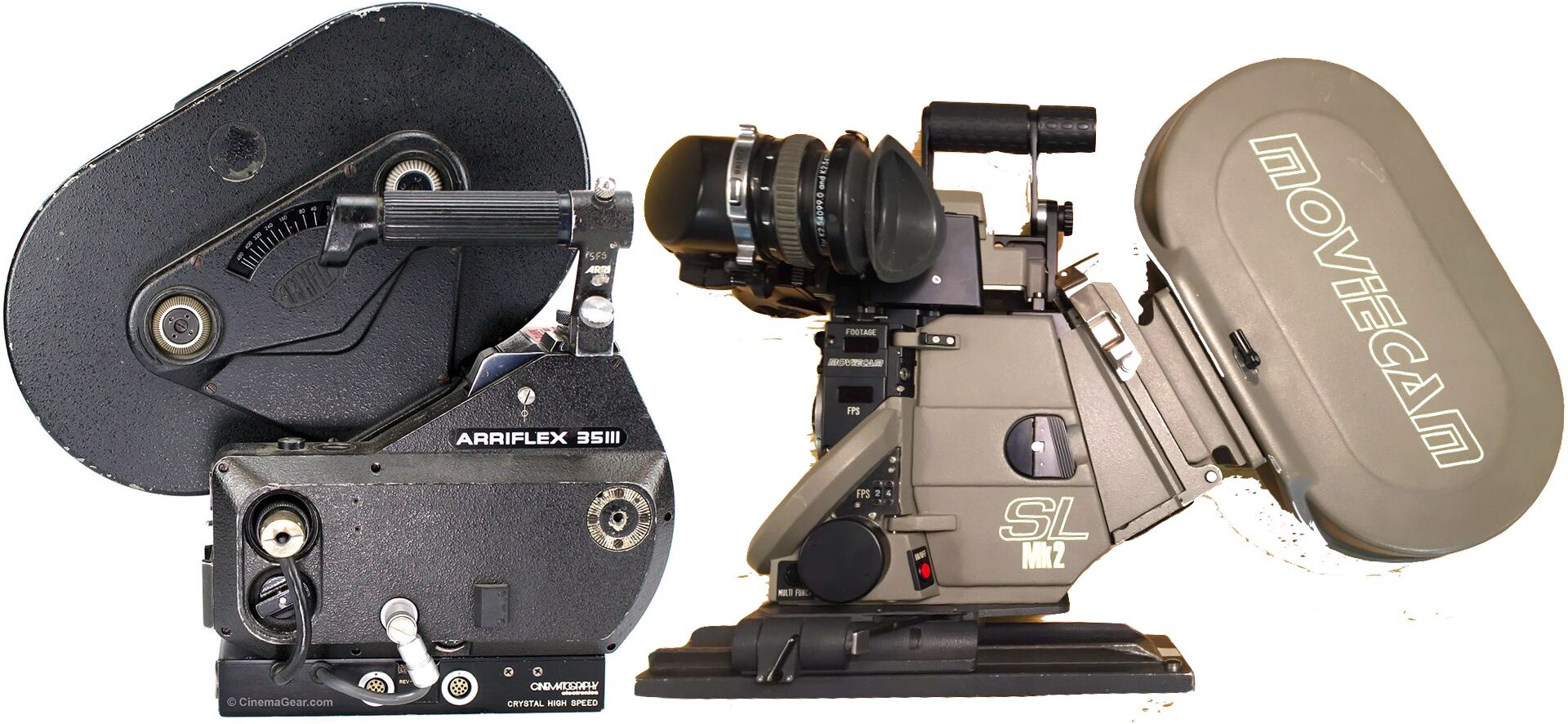
The film cameras: Robust, battle-ready, and compact
The main reason for Kaminski choosing those cameras is their compact form factor, so the operators can run alongside the soldiers in the middle of intense battles. The AATON 35III is recognized as a legendary camera. Back then, it seemed like a super lightweight 35mm motion picture camera (4perf). BTW, today you can find it on eBay for $12,000 USD. The ARRIFLEX 35II is a small, portable cinema camera for handheld shooting style. The Moviecam SL (SuperLight) is a compact motion picture camera that allows for easy shooting from the shoulder or with support like Steadicam systems. These were the compact film-beasts that allowed the intense shooting of the battles.
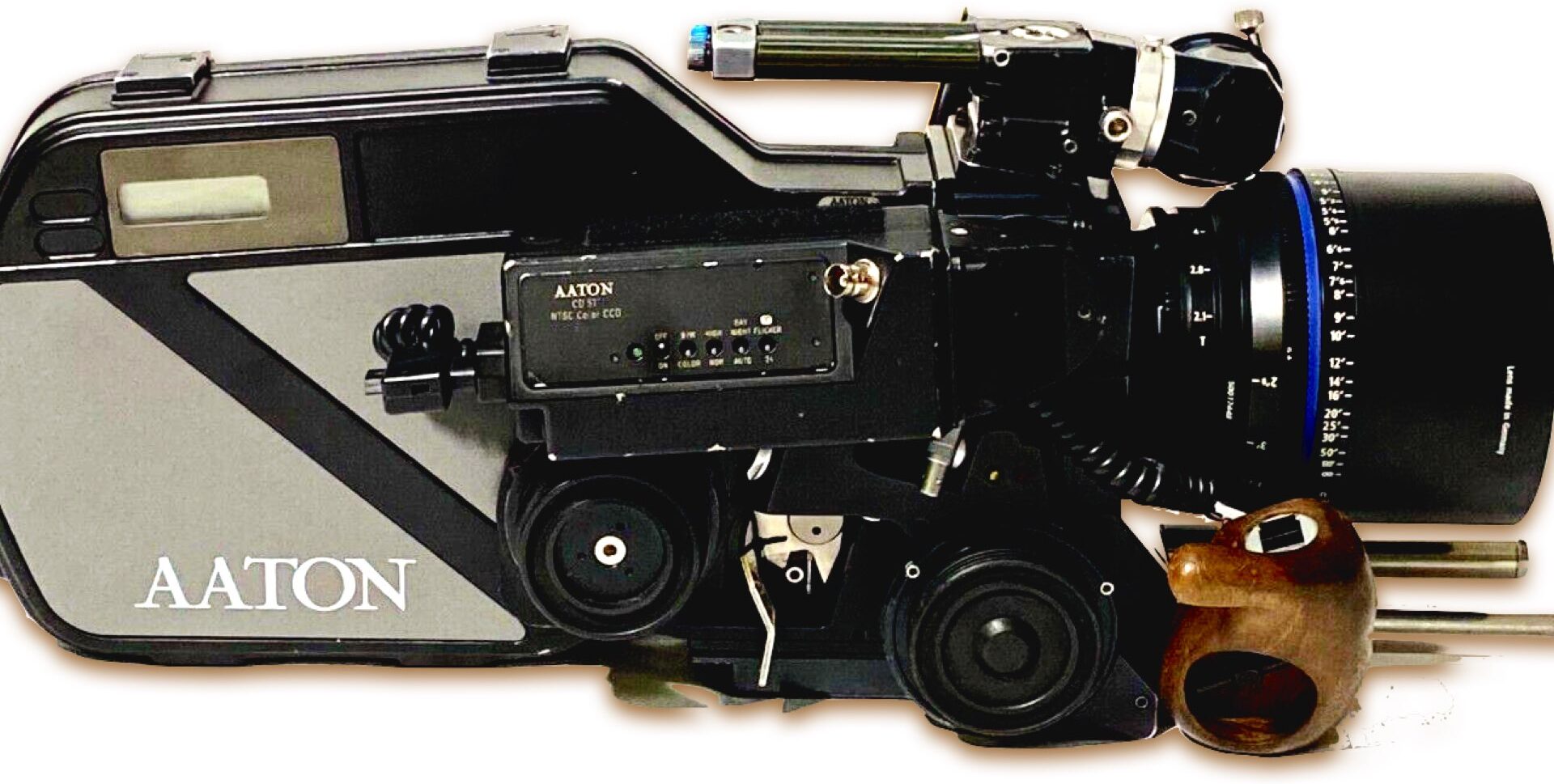
45-degree shutter
That technique applied by Kaminski allowed him to achieve a unique and famous look for the film, which turned out to be very popular in war movies. The DP Kaminski adjusted his film shutter to 90 degrees to create sharper, more realistic images and used an Image Shaker to vibrate the camera to approximate the impact of explosions. Spielberg later stated, “His idea delivered a fantastic visual, and the film looks freakin’ great for it”. “I used a 45-degree shutter on the explosions and a 90-degree shutter on most running shots. But we alternated at times. Sometimes the 45-degree shutter would appear too exaggerated and the 90 turned out to be better. But for extreme explosions like this, where we wanted to practically count each individual particle flying through the air, the 45-degree shutter worked best” Kaminski said. Watch this great cinematographer talk about the making of the movie:
Bleach bypass technique
Every junior colorist knows the bleach bypass technique, utilized by Kaminski on Saving Private Ryan. This technique was born as a result of the previous movie made the these two masterminds – Schindler’s List. This technique desaturates colours so that the frame looks almost black & white. The rendered footage retained more silver in the film stock and produced deeper blacks. Industrial Light & Magic, provided digital enhancements, and many bullet wounds and blood splatter were CGI. Saving Private Ryan is a pure merging of practical, VFX, and CGI altogether.
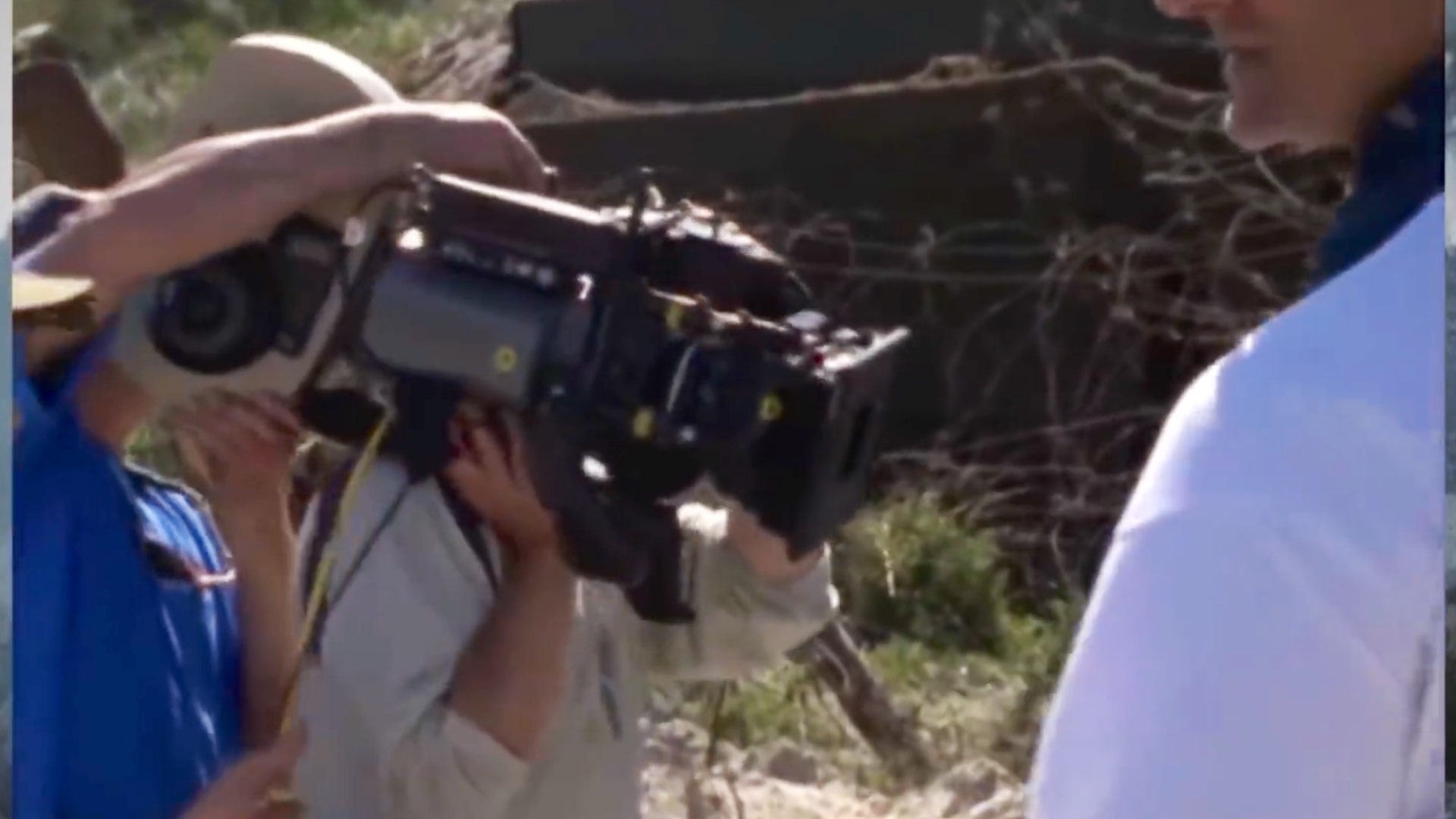
Wrapping up
Saving Private Ryan is an important movie that impacted cinematographers and directors all over the world. So many new cinematography, directing, and post techniques were applied here. This movie is a must-see for all filmmakers, no matter what level of expertise they have. If you look carefully, you will find the methodologies initially applied in SPR, in almost every action, war, superhero, and even drama project screened on the big screen. And to think that Speilberg did it without storyboards (as claimed). That’s amazing!
Watch the article:


